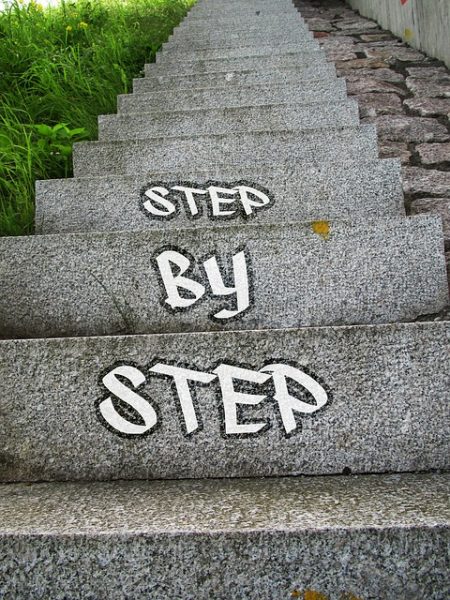
Despite the conveniences and standard of living the United States offers, many Americans live far from luxurious lives.
Households continue to take on more debt and not balance it proactively. According to NerdWallet’s 2018 U.S. Household Debt study, households that carried revolving credit card debt had nearly $7,000 of it. Average interest rates of 15 percent, and in many cases as high as 20–25 percent, make paying the minimum feel like a drop in the bucket.
If this sounds familiar, follow this step-by-step guide to climb out of debt.
Ponder Your Course into Debt
Before we can get to where we want to be, we must understand what led us into such a dire situation. Was it circumstantial? A product of poor decision-making? Poor self-awareness? Divorce? A number of things can cause us to fall deep into debt. Understand how your road started so you can learn from it.
Chalk Up Your Overall Balance
You’ve faced your flaws and what got you in trouble, but now it’s time to assess the damage. Jot down each of your balances, their interest rates, and their minimum payment amounts. Then calculate your overall balance against what you have to your name.
Set and Abide by a New Budget
The arduous path of debt won’t mean much if you relapse into your old spending ways. As you begin working your way out of debt, how quickly you change your discipline will determine the length of your path. At the core, this means correcting your most problematic spending habits. Whether you eat out too often or spend a lot of money on fashion, everybody has significant sources of debt. Eliminate them.
The work doesn’t stop here, however. Track your spending for a few months with an app like Mint. Then set budget goals for different spending categories accordingly, and hardest of all, follow through on them. You can cut your fitness budget by working out in nature, slash your food costs by preparing all your meals at home and shrink entertainment costs dramatically with more free hobbies. The ways to spend less, and smarter, go on and on.
Decide on a Repayment Strategy
As you work to reduce your spending, you should also be evaluating different repayment options. Follow the debt avalanche method to save the most money on interest or look for an emotional boost with the debt snowball plan. There’s also the debt snowflake method, which combines elements of both.
In other cases, a personal loan may be advantageous as a way to simplify repayments and lower the overall interest rate. A balance transfer is another consolidation tactic for its low or zero-interest introductory rates. But you’ll need decent credit to qualify for the offer. There is a transfer fee as well, so be sure the numbers make sense for your situation.
Get Another Source of Income
Unless you spend exorbitant amounts of money and there’s a lot of fat to trim, you need another source of income to accelerate your progress. In the short-term, get another source of income—whatever type of job you can find. Even if it’s not the best pay, more time spent working means fewer hours to spend trimming your budget.
The long-term play is to allocate set amounts of your free time to learn a skill that can generate additional income. It’s also wise to seek additional streams of income so you’re never too reliant on one job. The internet provides a lot of passive income strategies, but you’ll have to dedicate the time to get established.
Gauge if Alternative Strategies Are Feasible
Not all debtors come to the realization that they need help at the same time. Thus, some balances can’t be fixed through lifestyle changes alone. When payments have been missed, and debts are in collections, a debtor is well past any repayment plans and debt consolidation tactics.
At this point, it’s about whether someone wants to go to court or turn to a debt settlement company. If you have minimal assets, declaring chapter 7 is a quick process, resolving in as little as four months. Chapter 13, on the other hand, takes three to five years. Debt settlement, according to Freedom Debt Relief reviews, takes anywhere from two to four years. Both bankruptcy and debt settlement cost money. Bankruptcy has court costs, attorney fees, and mandatory courses. Debt settlement carries a fee if a provider successfully lowers a debt of yours and you agree to pay it.
You may feel like you’re getting nowhere when in the process of recovering from debt, but every additional effort can bring lasting benefits. Stay positive by celebrating the day-to-day wins. When you do take a step back, don’t feel too discouraged. Look back to where you began and be proud of the gains you’ve made. Then carry that feeling of progress and satisfaction onward in your financial journey.

